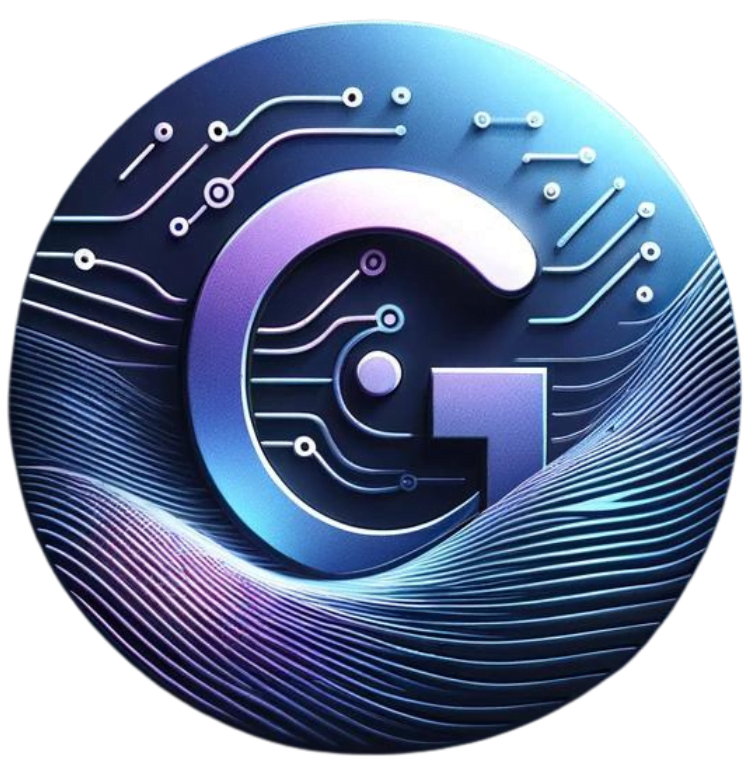Powerful customer service techniques for each generation

Understanding the diverse generational cohorts is essential for businesses aiming to enhance customer service and overall experience. Each generation — Baby Boomers, Generation X, Millennials, and Generation Z — has unique characteristics shaped by distinct historical events and cultural shifts, significantly impacting their consumer expectations and behaviors.
Baby Boomers
Born between 1946 and 1964, Baby Boomers grew up during a period of economic prosperity and significant social change, including the Civil Rights Movement and the advent of television. This generation values face-to-face interactions and appreciates personalized customer service. Building rapport and demonstrating loyalty are crucial in meeting their expectations.
Generation X
Individuals born from 1965 to 1980 are classified as Generation X. This cohort experienced a rapidly changing world, with the rise of personal computing and the fall of the Berlin Wall marking their formative years. They tend to value efficiency and convenience in customer service, often favoring self-service options and digital communication methods over traditional in-person interactions.
Millennials
Millennials, born between 1981 and 1996, grew up during the digital revolution, marked by the rise of the internet and social media. This generation prefers technology-driven solutions and values instant gratification. They are known for their brand loyalty but also have high expectations for customer service, often requiring seamless and engaging digital experiences.
Generation Z
The youngest cohort, Generation Z, born from 1997 onwards, is the first generation of true digital natives. Raised in the era of smartphones and social media, they demand fast and efficient service, often favoring speed and accessibility. Their expectations are shaped by a continuous stream of technological advancements, making them inclined towards innovative and adaptive customer service solutions.
Businesses must recognize and adapt to these generational differences to tailor their customer service strategies effectively. By understanding the unique characteristics and expectations of each cohort, companies can create a more inclusive and responsive service experience, ultimately fostering customer loyalty and satisfaction.

Customer Service Expectations of Baby Boomers
The Baby Boomer generation, born between 1946 and 1964, holds distinct customer service expectations primarily characterized by a preference for traditional interaction methods. Face-to-face communication is highly valued by Baby Boomers, as it fosters a sense of personal connection and trust between them and service providers. Their loyalty is often directed towards companies that emphasize high-quality customer service and invest time in building personal relationships.
In-person assistance remains a cornerstone of their expectations. Baby Boomers appreciate the thoroughness and assurance provided by detailed responses from knowledgeable staff. This demographic tends to have a stronger reliance on personal interaction over automated or digital avenues, finding comfort in the directness and immediacy of face-to-face communication. Therefore, businesses that can maintain a robust physical presence, such as dedicated customer service representatives and personal engagement, often find favor with Baby Boomer customers.
Trust and reliability are pivotal to Baby Boomers’ customer service expectations. This generation places great importance on the consistent delivery of promises and integrity in service. They are likely to remain loyal to brands that demonstrate unwavering reliability and prioritize good ethics in their dealings. Ensuring that any issues are resolved efficiently and satisfactorily further cements their trust.
While traditional methods hold the forefront, integrating digital solutions thoughtfully can also cater to Baby Boomers’ needs. They respond positively to customer service hotlines and email support when these channels offer the same level of detailed, attentive service they expect from in-person interactions. Clear, precise communication and the ability to reach a real person easily through these services can bridge the gap between older and newer methods, satisfying their customer service expectations comprehensively.
Millennials and Generation Z Customer Service Preferences
Millennials and Generation Z, having grown up in the digital era, exhibit unique customer service preferences shaped by constant connectivity and technological advances. These two generations, born between 1981 and 2012, value quick, efficient service above all else. Their desire for instant gratification drives their expectation for swift responses across multiple digital channels, including social media, chatbots, and mobile apps.
For Millennials and Gen Z, the ability to resolve issues in real-time via digital means is crucial. They prefer using platforms like Twitter, Instagram, or Facebook to communicate directly with companies, often expecting a reply within minutes. Additionally, the integration of AI-driven chatbots and mobile apps into customer service strategies allows businesses to meet these expectations, providing immediate assistance and automated responses that cater to simpler inquiries.
Personalization plays a fundamental role in satisfying these tech-savvy consumers. Millennials and Generation Z expect businesses to leverage data to offer customized solutions and recommendations. Personalized customer service experiences can significantly enhance their satisfaction and foster a sense of loyalty. Companies that can anticipate their needs and tailor interactions to individual preferences often see improved customer retention rates.
Moreover, Millennials and Gen Z are prone to share their customer service experiences online. Whether it is a positive interaction or a negative one, these reviews can substantially influence a brand’s reputation. Positive digital interactions often lead to strong customer advocacy, as contented customers are more likely to spread the word about their satisfactory experiences across their social networks. Conversely, poor service can result in negative reviews that quickly gain traction and damage a company’s image.
Understanding and adapting to the customer service expectations of Millennials and Generation Z is paramount for businesses aiming to succeed in the digital age. By embracing efficient, personalized, and responsive service methods, companies can enhance customer loyalty, boost satisfaction, and benefit from positive online advocacy.
In today’s diverse marketplace, businesses must adapt to the evolving customer service expectations of different generations. Bridging the generational gap in customer service requires a comprehensive, multichannel approach that balances both traditional and digital interactions. This strategy ensures that businesses cater to the distinct preferences of Baby Boomers, Generation X, Millennials, and Generation Z.
Implementing a Multichannel Approach
To meet varied customer service expectations, companies should integrate multiple communication channels. For instance, older generations may prefer phone calls and face-to-face interactions, while younger generations are more inclined towards social media, live chats, and instant messaging. Offering a seamless experience across these channels ensures that no demographic feels neglected, fostering a sense of inclusivity and engagement.
Training Programs for Customer Service Teams
Empowering customer service teams with knowledge and skills to handle generational differences is crucial. Training programs should be designed to educate staff about the unique behaviors, preferences, and pain points associated with each generation. Role-playing scenarios, expert-led workshops, and continuous learning modules can equip teams with the necessary tools to enhance their responsiveness and adaptability.
Successful Examples of Bridging the Gap
Several companies have excelled in bridging the generational gap through innovative customer service strategies. One notable example is Apple, which offers robust in-store and online support, catering to both tech-savvy Millennials and traditional Baby Boomers. Similarly, USAA blends personalized service with advanced digital tools, consistently ranking high in customer satisfaction among diverse age groups.
The Benefits of a Diverse Customer Service Strategy
A diverse customer service strategy not only boosts customer satisfaction but also enhances loyalty across all age demographics. By understanding and addressing the unique needs of each generation, businesses can build stronger relationships, increase repeat business, and improve overall brand reputation. Ultimately, a well-executed multichannel approach positions companies to effectively navigate the complexities of generational differences, ensuring long-term success in an ever-changing market landscape.
For more marketing and tech information visit georgefeola.io.

